Should you eat clean?
What’s happening with clean eating? Find out if it’s still around and if you should be doing it.
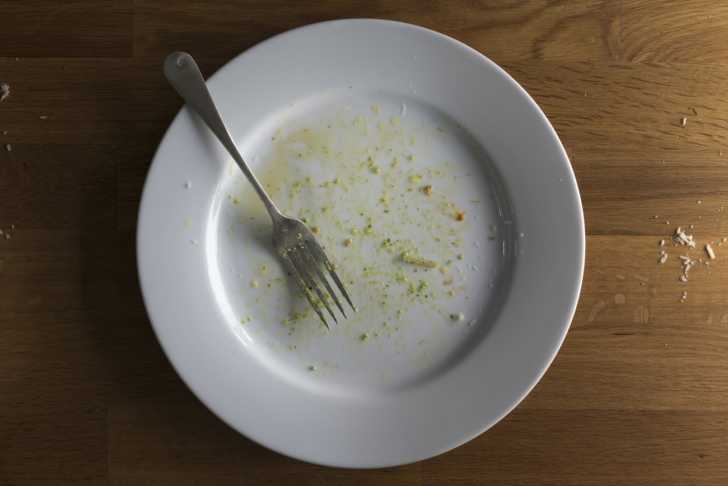
The “clean” eating movement has been around for a couple of decades, but really began picking up speed about five years ago. It is a widely popular eating plan that seems to be more than a diet to those who eat this way… it is a belief system. What is “clean” eating and is it nutritionally sound? Let’s take a look at the components of “clean” eating and whether or not this approach is necessary for good health.
What is “Clean” Eating?
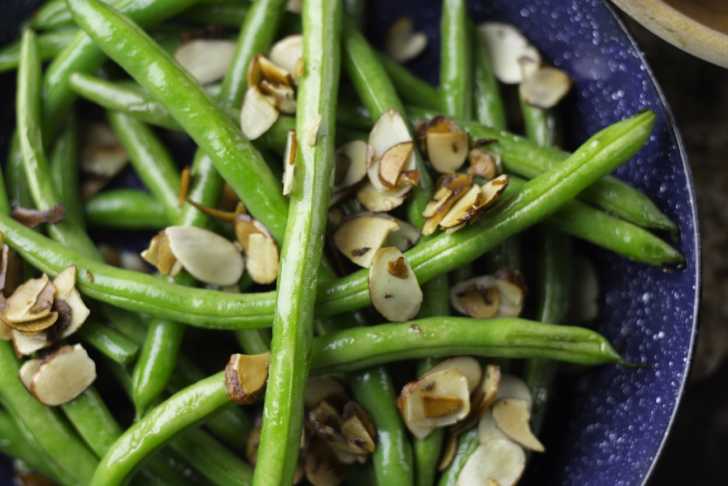
“Clean” eating means eating food as close to its natural state as possible.
Processing
Packaged and processed foods are avoided. For some who claim to eat “clean”, minimally processed foods are preferred – this often means foods that are not made in a factory or contain food coloring, preservatives, or other additives. Avoiding food that comes in a can, box or bag is a mainstay in eating clean because these products are likely processed using coloring, preservatives, or other additives. Exceptions include uncooked grains – like rice – that come in a box or bag. Or a bag of fresh lettuce or radishes.
What about sweets?
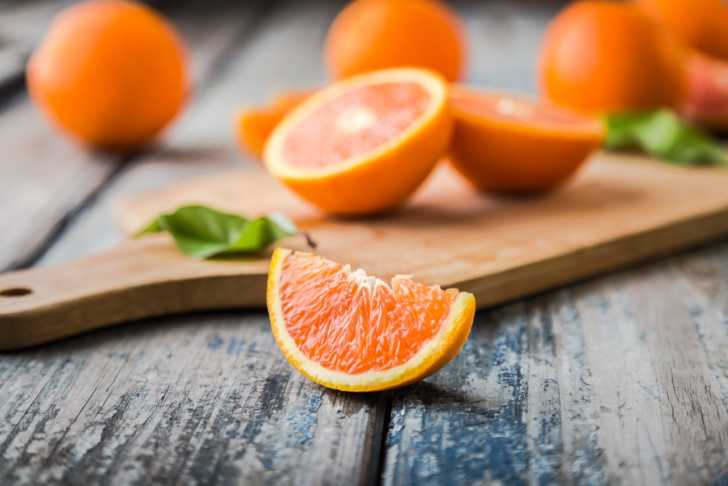
Fresh fruit is encouraged. The typical desserts – cookies, cake, ice cream – are all prohibited. Added sugar is not ok. This means sugar in the form of honey, syrup, agave, fruit juice, and of course – straight up sugar.
Grains
Unrefined whole grains (whole grain bread, brown rice, oatmeal) are allowed and refined grains (white rice, pasta, processed cereals) are not allowed. If sugar has been added to a bread product, it is off limits.
Proteins
Lean proteins are encouraged, so fish, turkey, beans, lentils, and skinless chicken are all ok.
Additional items avoided by some strict “clean” eaters include:
- Alcohol
- Caffeine
- Non-organic meat, dairy, produce
- Genetically modified foods (GMO)
- Gluten
- Meat
- Dairy
Pros
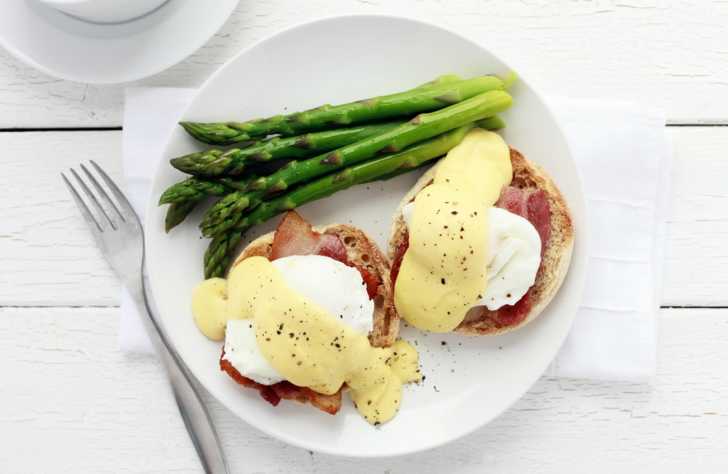
Encourages home cooking
Without the option to drive thru, dump the boxed noodles in a pot of boiling water, or microwave a Hot Pocket, those eating “clean” are forced to do more home cooking. Eating more home cooked meals has a lot of benefits, both nutritional and not. We tend to eat less sodium when eating at home because compared to foods processed or made in restaurants, our recipes use less salt. Home cooked meals tend to be more balanced with all of the components of a healthy plate: whole grains, lean proteins, unsaturated fats, and veggies/fruit.
Eating at home has the added benefit of saving money spent on food. And when eating at home results in more family meals, there will also be all of the benefits – for kids – that come with family meals (better academic performance, higher self-esteem, greater sense of resilience, lower risk of substance abuse, lower risk of teen pregnancy, lower risk of depression, lower likelihood of developing eating disorders).
Label awareness
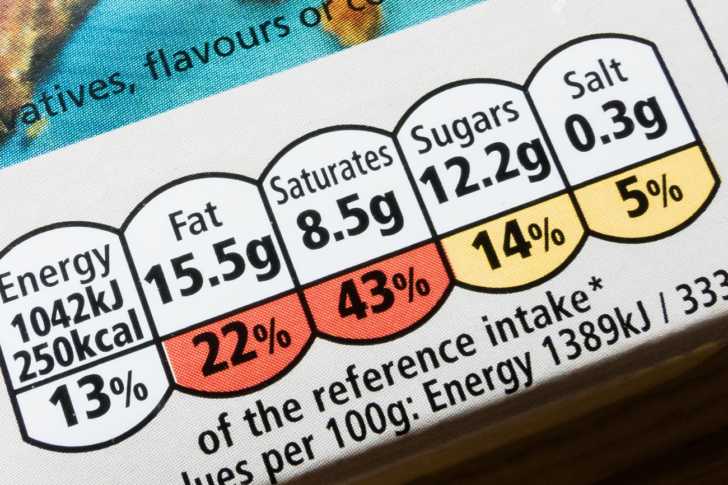
Eating “clean” requires massive amounts of attention to label awareness. Obviously there aren’t going to be a lot of labels to read when someone is eating “clean”, but when they are buying a bag of brown rice or bread, they’re going to be examining the food label and they will be ultra-aware of the contents. The use of labels (or lack of) in “clean” eating is very extreme, but when looking for potential positives in this eating method, it’s a fact that label reading can be a healthy habit.
Cons

Orthorexia
Orthorexia is a disorder defined by an obsession with eating only healthy foods that are pure and perfect. #Eatclean followers are more than interested in the idea of eating healthfully, they are consumed by it. Like other eating disorders, orthorexia can result in physical, social, and mental declines. The rigidity required to eat “clean” can easily lead to orthorexia.
The psychology and implications of the name “clean” eating

High, low. Dark, light. Wet, dry. Clean, dirty. It’s what our brains do. Describing certain foods as “clean” implies that by choosing not to eat this way, we are choosing to eat dirty. The concepts of “good” and “bad” food has always led to guilt and/or shame when a “bad” food is eaten. “Clean” and the implied “dirty” take that guilt and shame up a notch.
Sans flexibility
Eating “clean” leaves no room for fudging with a french fry here or there. The strict line between “clean” and unclean leaves no room for flexibility, which makes day-to-day eating and socializing with food pretty difficult.
Tips
If you choose to adopt some “clean” eating principles, do it in a way that works for you personally. Take what you want and leave the rest.
Avoid exposing yourself to the food bragging on Instagram with images of “perfect” meals – like many social media images and posts, it will likely result in you feeling bad about yourself or setting your expectations too high. Social media diet bragging also entices us to join the competition, which means a new time-sucking hobby of pretending there’s such a thing as perfect eating and snapping the perfect images of your plate to share with your followers.
Clean eating just got dirty
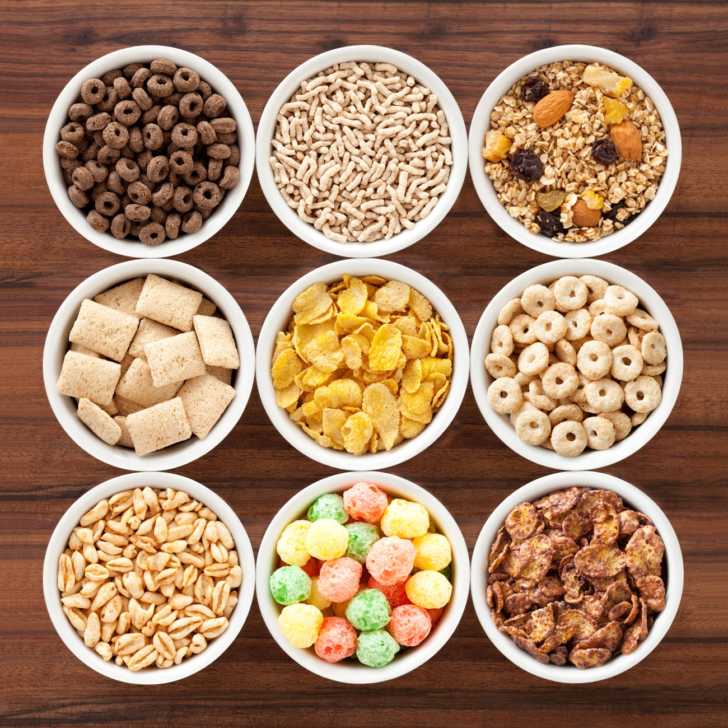
I cringe anytime food is labeled in a way that evokes guilt or shame. This is what I mean: if I’m given a list of “good” foods, then the automatic feeling when choosing a food not on this, is that I’ve done something bad. Good foods imply there are bad foods and clean foods imply there are dirty foods. Categorizing food this way leaves no room for what eating really is – it’s on a continuum. Those who eat free of “do” and “don’t” food lists and who eat a variety of foods – including fruits, whole grains, proteins, veggies, fats, desserts, whole foods, and processed foods – tend to eat more competently and are able to avoid the diet trap.
Meaghan Ormsby, MS, RD is a private practice dietitian in Seattle, WA.
SKM: below-content placeholderWhizzco for CRH

